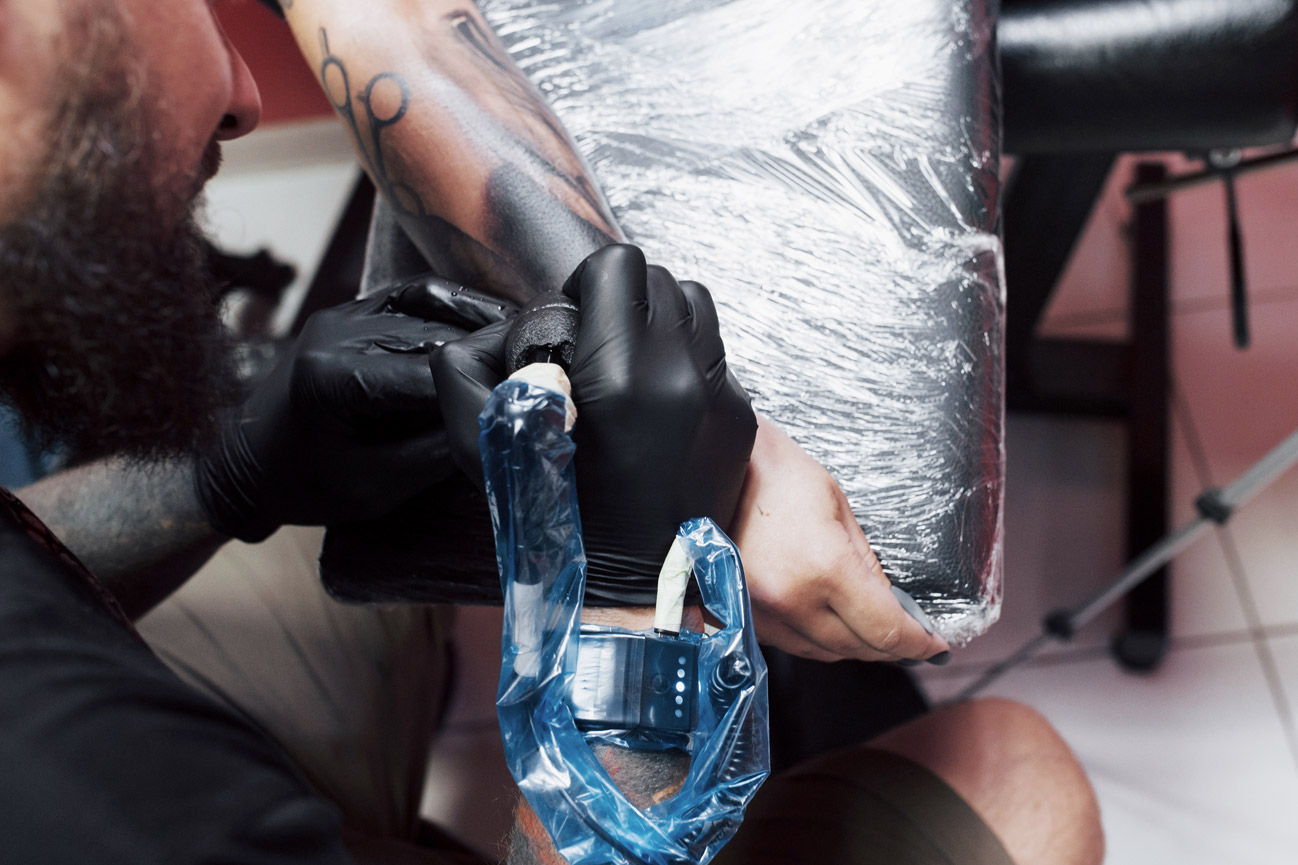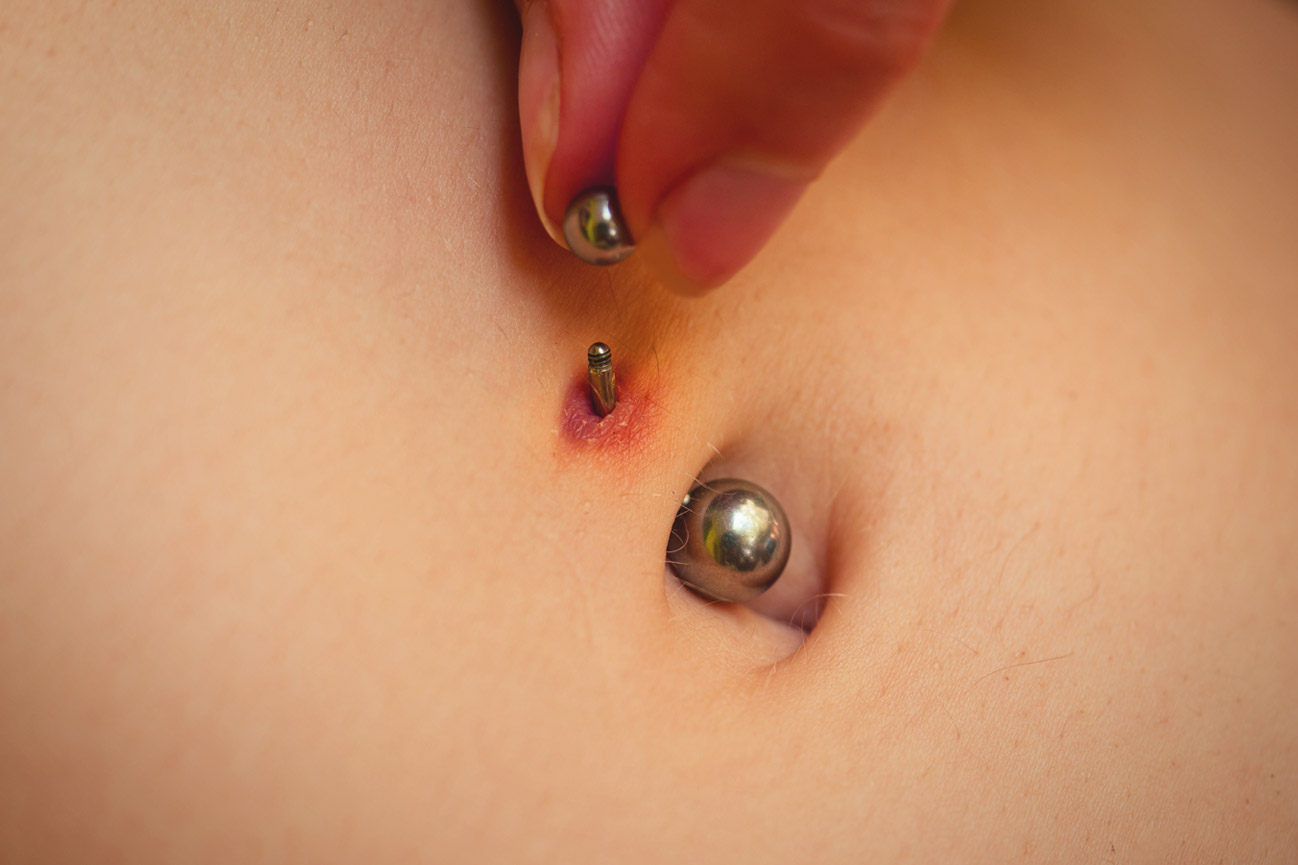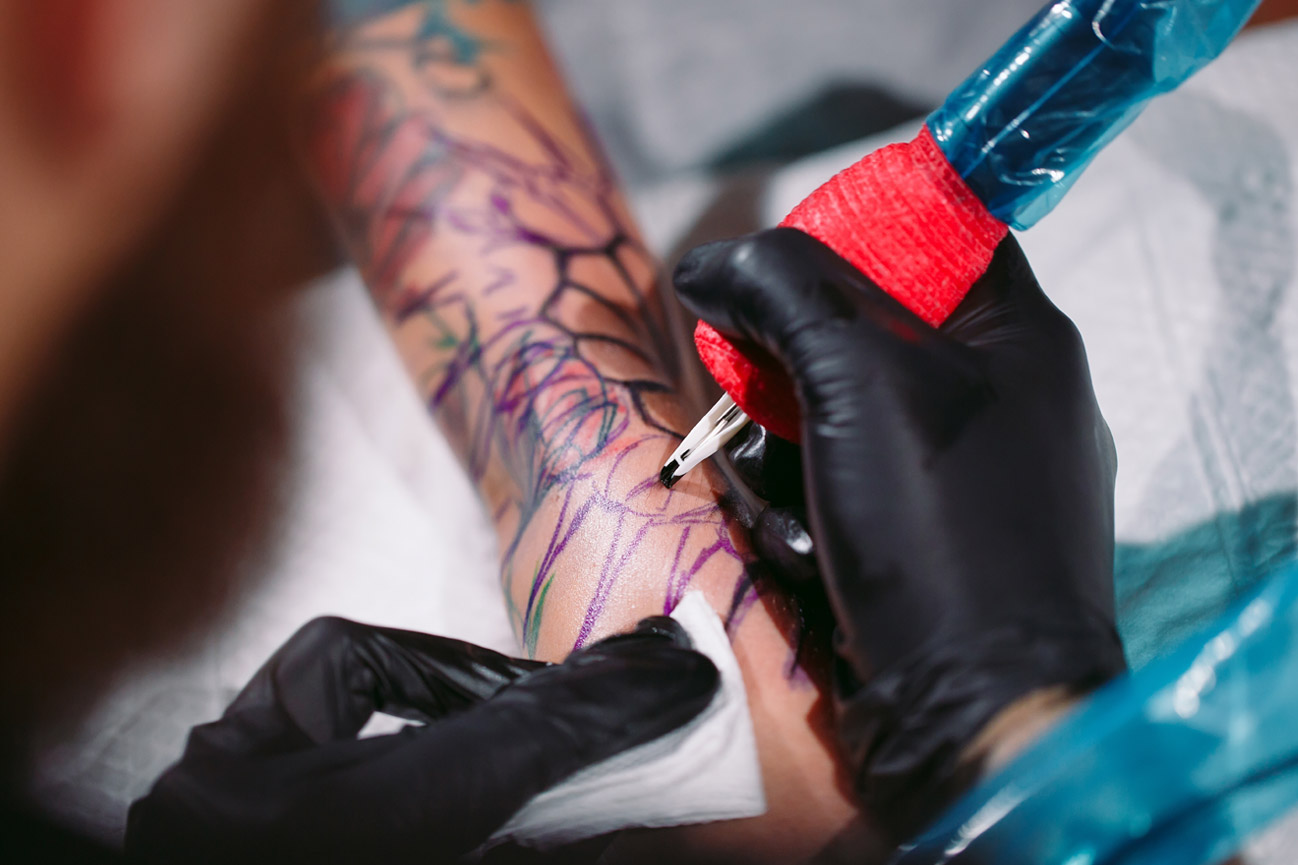Introduction to Tattoo Blowouts
You just got a new tattoo. At first, everything looked perfect. The lines were sharp, the placement was on point, and you left the shop feeling excited. But a few days later, something feels off. The lines look blurry, as if the ink has bled beneath your skin. There is a strange haze surrounding your tattoo that was not there before. Now you are left wondering if you did something wrong or if your artist did.
Before you start to worry, it helps to know what might be happening. What you’re probably seeing is a tattoo blowout. While it can be frustrating, blowouts are actually quite common and don’t always mean your tattoo is ruined. Let’s look into what a tattoo blowout is, how to spot it, how to prevent it, and how to fix it.
Can a Tattoo Blowout Be Fixed?
Yes. Depending on how noticeable it is and where it’s located, you have a few different options. Here’s what to expect:
Option 1: Wait It Out
Sometimes early signs of a blowout fade once your tattoo is fully healed. A little haze or smudging during the first week may disappear completely as swelling goes down and your skin settles. Healing takes time, and the first few days can be deceptive. You might see some cloudiness or puffiness that looks like a blowout but will clear up on its own. Give your tattoo at least 4 to 6 weeks before deciding if it needs correction.
Option 2: Touch-Up or Rework
Many blowouts can be cleverly disguised with a skilled touch-up. Your artist might darken or sharpen the lines around the affected area, add shading, or slightly shift the design to draw the eye away from the blurry parts. This works especially well with black and grey tattoos or designs that incorporate texture and shading. Keep in mind that touch-ups are typically done after your tattoo has fully healed to avoid additional skin trauma.
Option 3: Cover-Up
If the blowout is severe or distracting, a cover-up might be the best solution. That doesn’t mean you need to go for a blackout tattoo or something huge. A thoughtfully designed cover-up can use contrast, line work, and shading to hide the blurred ink underneath without sacrificing your original concept. A good artist can help you find a design that fits your style and effectively masks the blowout.
Option 4: Laser Tattoo Removal
Laser tattoo removal is the only option that can truly remove blown-out ink from beneath the skin. It works by breaking down the pigment particles so your body can clear them naturally. This process requires multiple sessions spaced weeks apart and may not erase the blowout completely, but it can lighten the area enough to make cover-ups or rework easier. Be aware that laser treatments can be costly and may cause some discomfort.
No matter how noticeable a blowout may seem at first, there are effective ways to address it. Working closely with your artist to explore these options can help you find the best path forward for your tattoo’s appearance and your peace of mind.
Can You Prevent a Tattoo Blowout?
Yes, and it starts before the needle even hits your skin. Prevention is a combination of choosing the right artist, listening to their advice, and taking care of your tattoo during the healing process. Here’s how to set yourself up for success:
Choose the Right Artist
Blowouts happen more often with inexperienced tattooers who haven’t yet mastered needle depth or skin tension. Look for an artist with a solid portfolio, especially one that shows healed tattoos and work in the placement you want. It’s easy to make a tattoo look good fresh, but healed results tell the real story. Don’t hesitate to ask about your artist’s experience with tricky placements or small, detailed line work.
Pay Attention to Placement Advice
If your artist suggests avoiding a certain area or changing your design, they usually have good reasons. Some parts of the body just don’t hold ink well or are prone to skin movement that increases blowout risk. Trusting their advice will help you get a tattoo that lasts and looks sharp over time, rather than one that fades or blurs quickly.
Avoid Overworking the Skin
This one mostly depends on your artist’s technique. Repeatedly tattooing the same spot during a session can create skin trauma, making ink spread more likely. If your artist recommends splitting a session or taking a lighter touch during touch-ups, it’s because they want to reduce blowout risk.
Take Healing Seriously
Proper aftercare won’t fix a blowout caused during tattooing, but it can prevent the issue from worsening. Avoid tight clothing that rubs your tattoo, heavy workouts that cause sweating and friction, and sleeping directly on the fresh ink. Keep your tattoo clean, moisturized, and protected from irritation. The better you care for your tattoo, the better it will heal.
By following these prevention tips and trusting your artist’s expertise, you can significantly reduce the chances of a blowout and enjoy a crisp, clean tattoo that lasts.
Common Myths About Tattoo Blowouts
Tattoo blowouts are a topic that sparks plenty of questions and misconceptions. With so much information floating around online, it can be hard to separate fact from fiction. Some of the most common ideas about blowouts aren’t entirely accurate, and believing them can lead to unnecessary worry or confusion. To help clear things up, let’s take a look at some of the myths we frequently encounter and explain what’s really true:
“Blowouts mean your artist messed up.”
Not necessarily. Poor technique is a common cause, but some people have skin that’s more prone to blowouts even when the tattooing is done well. Skin thinness, elasticity, and body location all factor in. Even skilled artists can run into problems with delicate skin or unpredictable reactions.
“If your tattoo looks blurry, it’s a blowout.”
Not always. Some tattoos heal with a little blur, especially if the linework wasn’t super tight or if the style is softer. Others might look off during healing but settle in fine later. True blowouts usually appear as ink stains beyond the tattoo boundaries, not just a slight softening of lines.
“You can’t tattoo over a blowout.”
You absolutely can, as long as the area is fully healed. A talented artist can use shading, texture, or contrast to draw attention away from the blown-out area or even incorporate it into the design.
Understanding the truth behind these common misconceptions can help you feel more confident if you notice something unusual with your tattoo. Remember, blowouts don’t have to ruin your piece or your experience. With the right knowledge and support, you can navigate any issues and continue enjoying your tattoo with confidence.
Final Thoughts: Tattoo Blowouts
Getting a tattoo is a serious commitment and that includes how it heals. A tattoo blowout can feel frustrating, especially when your artwork does not look quite right at first. But remember, it is usually manageable, fixable, and often less noticeable to others than it is to you.
The best way to avoid blowouts is by choosing experienced artists, following proper aftercare, and staying engaged with your artist throughout the process. If you notice something off, do not panic. Take a breath, give your skin time to heal, and reach out to your artist for guidance. A little patience and good guidance can turn any tattoo setback into a fresh start.




